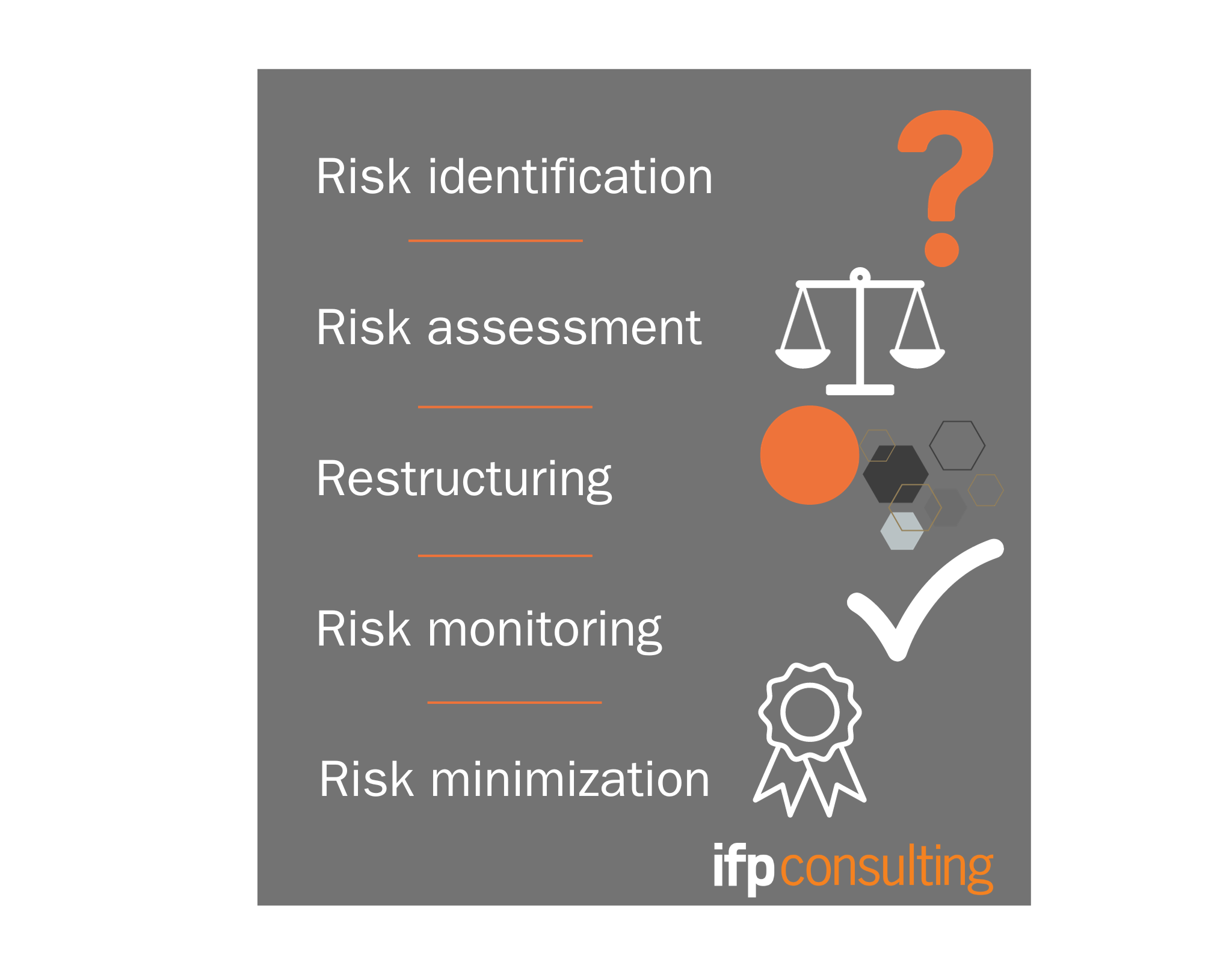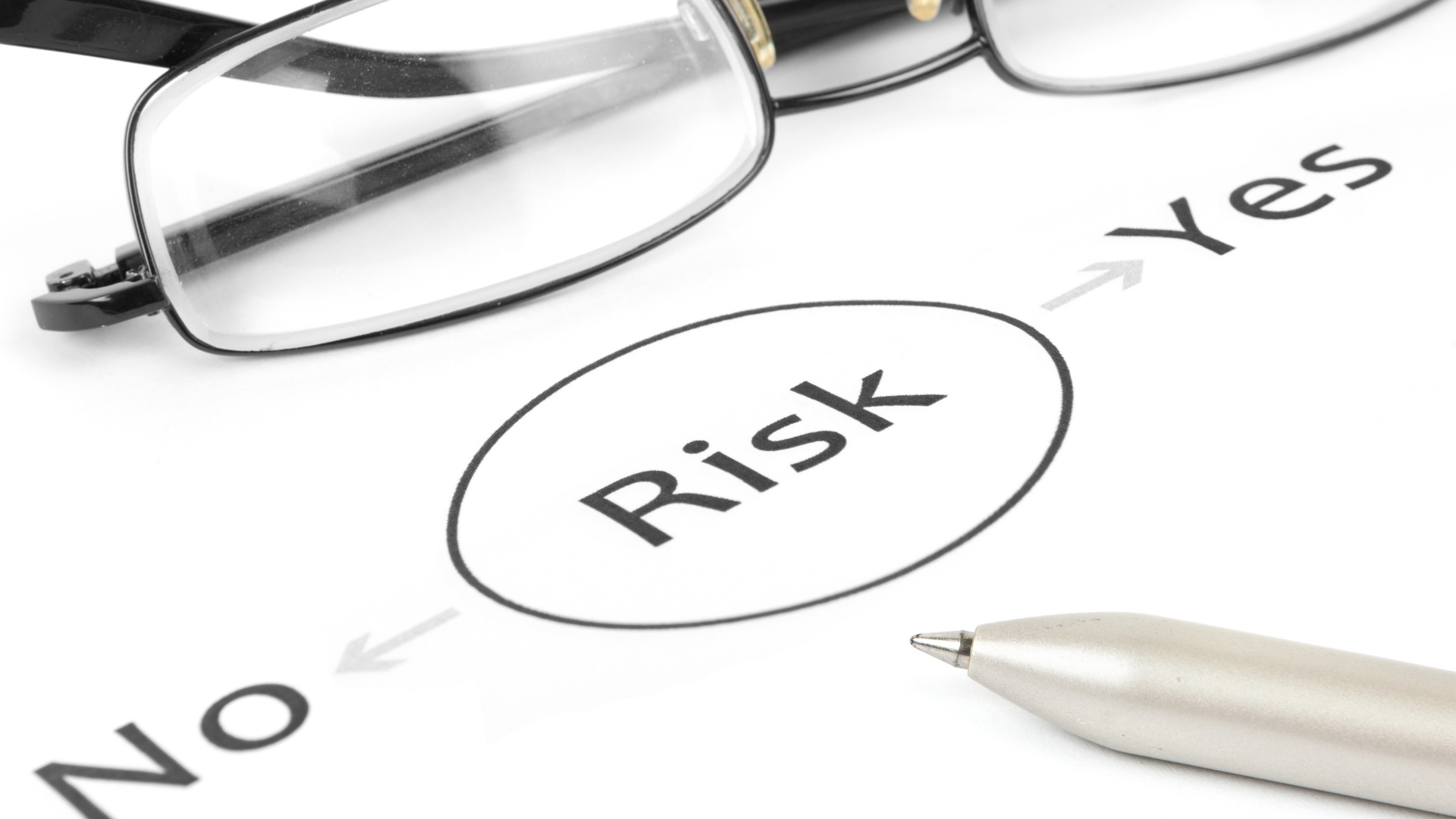Risk assessment
We reduce your risks through resilient supply chains.
Services in the area of supply chain
Services in the area of supply chain
Supply Chain Risk Management
Risk mitigation strategies
The Corona crisis has shown many companies that supply chains are exposed to a high level of risk and that supply chain managers must have established a crisis management system that functions quickly in order to master supply bottlenecks. Companies should therefore use the lessons learned from the crisis to create a resilient supply chain in the future and align it strategically.
Supply chain risk management is a proactive approach to managing risks along the entire value chain in order to anticipate undesirable consequences and create a resilient supply chain.

Supply Chain optimization
Foresighted strategies
Particularly in the current crisis, the individual supply chain players must act reliably to ensure delivery capability along the entire supply chain and avoid bottlenecks. To achieve this stable value chain, risks should not be addressed as soon as they arise, but proactively.
Risk management in times of crisis
Besides the Corona crisis, climate change, cyber risks or resource scarcity are just a few examples that change markets and have an impact on your supply chains. In addition, companies are becoming more agile and have a global production network. The Corona crisis exposed and reinforced the need for forward-looking approaches.

We support you in supply chain risk management
- Risk identification
- Risk assessment through a Supply Chain Excellence Check
- Proactive risk minimization
- Restructuring your supply chain
- Risk monitoring through KPI tracking
- Supplier evaluation through supplier scorecards
What is our understanding?
Supply chain risk management is a proactive approach to managing risks along the entire value chain in order to anticipate undesirable consequences and create a resilient supply chain.
It is important to look at the supply chain as a whole and to trace cause-and-effect chains. After all, the failure of a possibly small component can cause major disruptions to the entire supply chain and result in enormous costs.
The latest technologies can create early warning systems for companies to identify and minimize risks in time. For example, Tracking&Tracing enables the entire tracking of goods along the supply chain and can provide early information on whether goods will arrive on time or if a delay in delivery is imminent.
Likewise, by digitally connecting individual supply chain players, information can be exchanged in real time to inform downstream players in the supply chain of the current status in a timely manner.
The right guiding questions for your strategy formation in digitalization
- Which digital tools make sense in the context of the company’s processes and employees?
- How can the use of the tools be tested for added value in a cost-effective manner?
- How do I take my employees with me on the path to digitalization?
- How is system integrity ensured with incremental change?
- How can information processes be automated beyond the ERP system boundary?
Best Practice risk analysis
Our supply chain experts support you in the risk analysis of your supply chain to ensure a resilient value chain. To this end, the risks that can occur along the value chain are identified and assessed. Risk factors can be visualized and regularly reviewed in a risk matrix.
The probability of occurrence is compared with the impact of the event and an assessment is made of the relevance of the risk in question. With the help of the transparency created, preventive countermeasures are designed for the particularly critical risks. This may also involve restructuring your supply chain. e.g. procurement strategies can be realigned, or existing suppliers can be evaluated in terms of their performance in order to minimize supplier failures. Risk monitoring is used to track KPIs in real time so that deviations from the target state can be detected by the systems at an early stage. We are happy to support you with our experience in this area in order to identify risks at an early stage.


